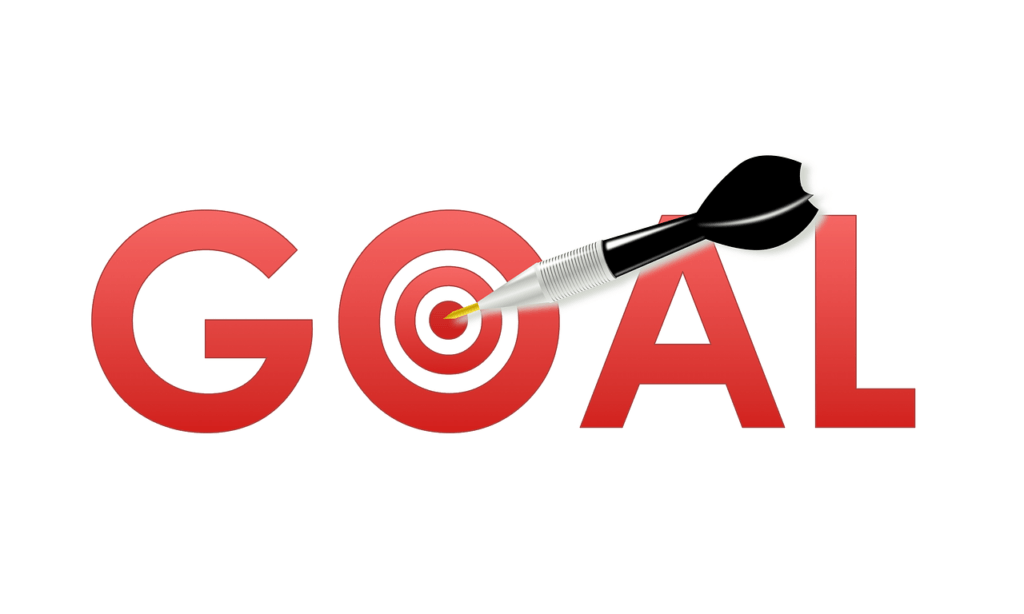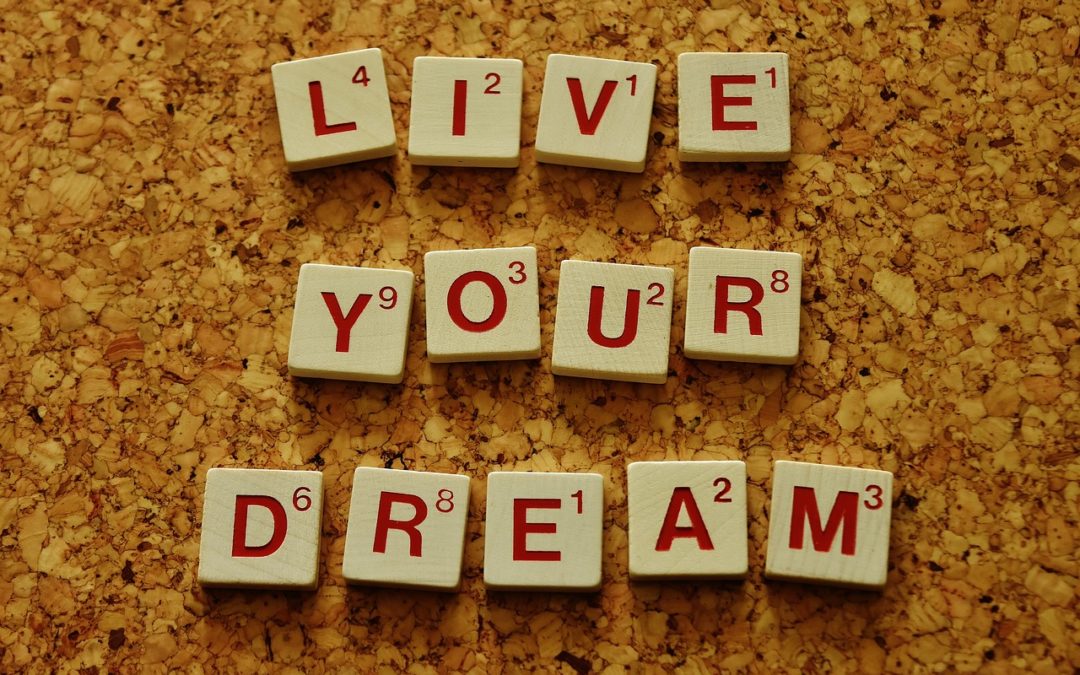One of the biggest problems when it comes to achieving our dreams is how we often confuse the term ‘goal’ with ‘vision’. Sometimes, we come up with ideas and when we often have this grand scheme of things. We come up with this grand scheme and what happens is that it gets daunting. It’s one of the few reasons why people sometimes end up giving up so quickly.
But knowing the difference between the two can help propel yourself to success. It’s also one of the biggest secrets to the most successful people today. While usually, they tell you just to keep on going, there are some tricks they don’t tell you. One of them being, defining what you need and what you currently have.
Defining a vision

“I want to be the principal of the best school in the Philippines!”
“I want to win a Tony Award!”
“I want to be a billionaire!”
What’s common among all those statements?
They all sound concrete but they’re actually not. What they’re addressing is a person’s vision of what their state should be. They’re declaring what they want as a state of things. This is what makes a vision. A vision may appear concrete but in reality, it’s a concept that’s been drafted from many ideas.
People who have visions of what they want to do or be are often known as visionaries. These visionaries have wild dreams and concepts that are not commonly thought in lay conversations. They usually think about these kinds of things in the wee hours of the morning or before they go to bed. They have a vision of what they want to be or how they want to be. But, there’s no concrete plan as to how to get there.
Defining a goal

“I want to increase my company’s profits by 5% by the end of the year!”
“By tonight, I’ll finish reading 10 pages of this required reading for my test!”
“By 10 AM, I should be finished in enrolling myself for IELTS or TOEFL classes!”
The difference of a vision statement from a goal statement is that the goal has an explicit time limit. Unlike a vision that reflects the state of things, a goal has something concrete to notice. In business terms, they call these KPI or also known as Key Performance Indicators. These indicators can be in the form of profit, employee satisfaction, company growth, publicity, and other things.
When setting a goal, it has to be something concrete. When we define concrete, it has to be something that you can hold, see, or perceive with the five senses. Every day, we set on tasks not realizing that we have been setting goals for ourselves each and every time we take on a task.
So they’re the same?
They’re synonymous but they’re not entirely the same. They CAN sound the same but they wouldn’t be. The approach of both is entirely different because a vision is what you see yourself as. Whereas, a goal is something you want to achieve at the end. It has a concrete, tangible result that you can refer to when you’re done.
When coming up with a goal, it’s always good to start small. There’s no shame in having a small goal. These are called short-term goals. These goals last usually for a month, a couple of weeks, and even for a day. These goals are usually stacked together to lead to bigger goals which are known as long-term goals.
You won’t realize it but slowly as you achieve them one at the time, you get to attain the vision you have for yourself. Whatever your vision may be, as long as you set concrete goals, you’ll be able to achieve anything. Why? It’s because you set something for yourself and reward yourself in the end. That’s what goals are all about.

